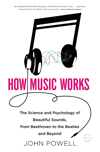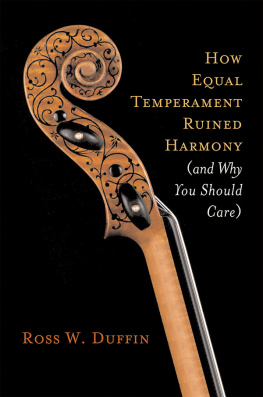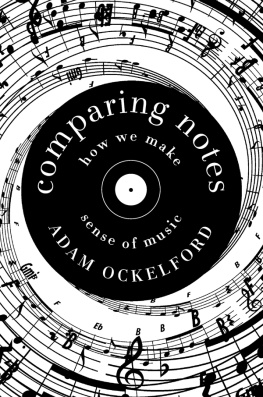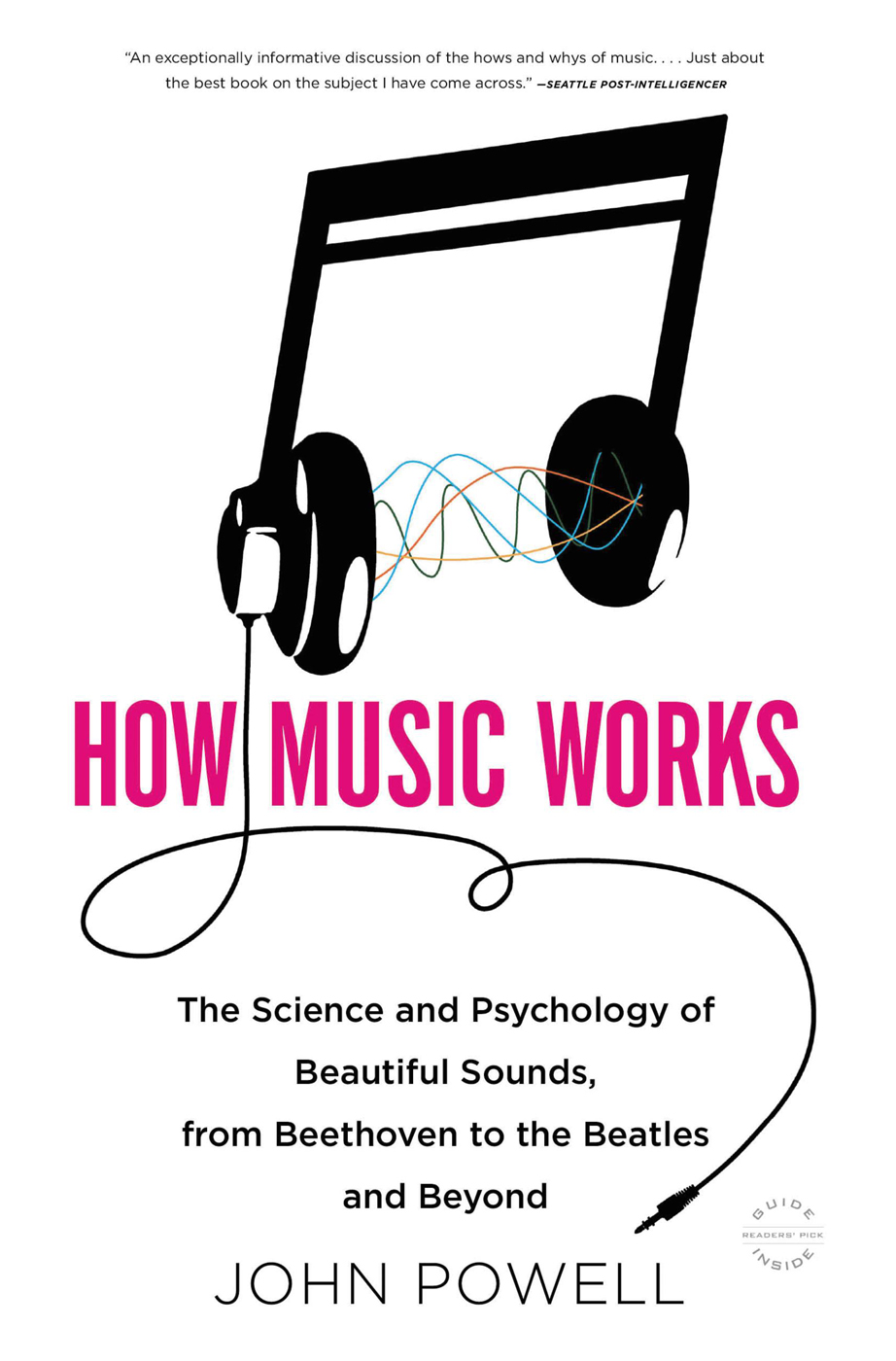In accordance with the U.S. Copyright Act of 1976, the scanning, uploading, and electronic sharing of any part of this book without the permission of the publisher constitute unlawful piracy and theft of the authors intellectual property. If you would like to use material from the book (other than for review purposes), prior written permission must be obtained by contacting the publisher at permissions@hbgusa.com. Thank you for your support of the authors rights.
Copyright 2010 by John Powell
Cover design by Karen Horton, illustration by Jeff Kleinsmith.
Cover copyright 2011 by Hachette Book Group, Inc.
All rights reserved. In accordance with the U.S. Copyright Act of 1976, the scanning, uploading, and electronic sharing of any part of this book without the permission of the publisher is unlawful piracy and theft of the authors intellectual property. If you would like to use material from the book (other than for review purposes), prior written permission must be obtained by contacting the publisher at permissions@hbgusa.com. Thank you for your support of the authors rights.
Little, Brown and Company
Hachette Book Group
1290 Avenue of the Americas, New York, NY 10104
littlebrown.com
twitter.com/littlebrown
facebook.com/littlebrownandcompany
First ebook edition: November 2010
The publisher is not responsible for websites (or their content) that are not owned by the publisher.
ISBN 978-0-316-18367-3
E3
An exceptionally informative discussion of the hows and whys of music. The presentation is clear and logicaleven for a layman like myself. Yet it is never pandering or overly simplified. In short, this is just about the best book on the subject I have come across.
Greg Barbrick, Seattle Post-Intelligencer
In this distinctive combination of scientific treatise and laugh-out-loud commentary, composer and physicist Powell has carved out an intriguing niche by using humor to enliven what could have been an otherwise dry introduction to acoustics. Readers should glean some useful background for music study while simultaneously being entertained.
Barry Zaslow, Library Journal
How Music Works seems to address a gap in music-related edification of the common reader. It ends up as a great resource for those who want to gain a basic yet better understanding of something that is important in our lives.
Tim Gebhart, Blogcritics.org
Fascinating. The author uses easy-to-follow, conversational language to lead the reader into the science of music. It is amazing that after a few hours of Powells explanations, a musical novice (like me) can begin to read music, which is written in a language that is as foreign to most of us as Sanskrit.
Phillip Manning, Science Book News
Any readers whose love of music has somehow not led them to explore the technical side before will surely find the result a thoroughly accessible primer. Its hard to imagine how Powell could have done a better job.
James Walton, The Spectator
Ive taken music appreciation classes before, but I never learned this much in a whole semester of classes, note-taking, and tests. Nothing is left out as Powell expertly weaves a tapestry of knowledge that embraces the reader and enables them to grasp some fairly complex musical concepts.
Ian Dawson, Stuff We Like
John Powell cleverly guides the reader through a minefield of potentially dull and boring topics.
Frank Etier, Technorati
By reading Powells book we can gain a more solid knowledge of the foundations of music and therefore be better able to appreciate it.
Amanda Mark, New York Journal of Books

Why You Love Music: From Mozart to MetallicaThe Emotional Power of Beautiful Sounds

How Music Works: The Science and Psychology of Beautiful Sounds, from Beethoven to the Beatles and Beyond
Look for Powells new book,

Available June 2016.
For an excerpt, turn the page.
CHAPTER 1
What Is Your Taste in Music?

Your musical taste says quite a lot about you. In the hands of a psychologist, a list of your ten favorite pieces of music can reveal details about how extroverted you are, what sort of background youre from, and even how old you are. The age estimate is pretty straight-forward because a surprisingly large proportion of your favorite music will have been produced when you were in your late teens and early twenties. The more psychological aspects of your musical profile are the result of decades of research into musical taste and our emotional responses to music. Some of the results of this research have been surprising, to say the least. In this book Ill be looking into the ways in which music affects our lives, from how it brings tears to your eyes, to how it can be used to make you buy more drinks in a restaurant. Lets begin by looking at your taste in music.
At last count there were about 7 billion people on the planet, which of course means that there are 7 billion personalities, all with their own musical likes and dislikes. Faced with the huge numbers involved, the early researchers into peoples taste in music decided to make things easier for themselves by reducing the number of personality types in the world to just two: the posh and the rabble. They then went on to work out that there were only two types of music: posh and lowbrow. From there it was but a short step to come up with the startling revelation that posh people liked posh music and the rabble liked all the other stuff.
How refreshingly simple life was in the mid-twentieth century. Thankfully, things have moved on a bit since then.
Since the 1960s a lot of research has concentrated upon the problem of how to assess peoples personalities reliably. Everybodys personality is made up of a combination of several traits, and by the early 1990s psychologists were starting to agree that there were five basic personality traits that can be reliably measured.1
These are:
Openness (also referred to as Culture or Intellect)
Conscientiousness
Extroversion (or Energy)
Agreeableness
Neuroticism (or Emotional instability)
Recently a sixth trait, a combination of honesty and humility, has been considered for inclusion in the list.
The point of all this is that its possible to get a rough description of someones personality by ranking them, on a scale from one to ten, in these five or six characteristics.
In order to match these personality traits to musical tastes, the music psychologists found it useful to divide all the various types of music up into a small number of categories.2 After a lot of analysis, they found that the musical genres could be grouped together like this:



















